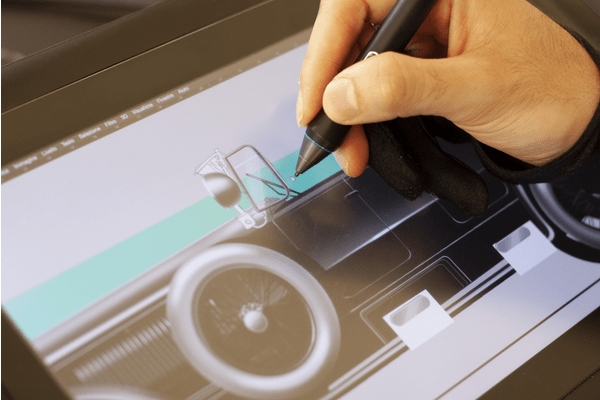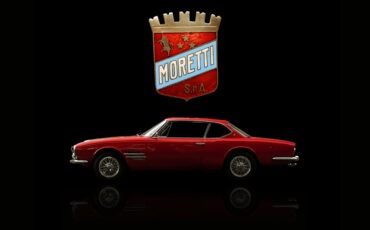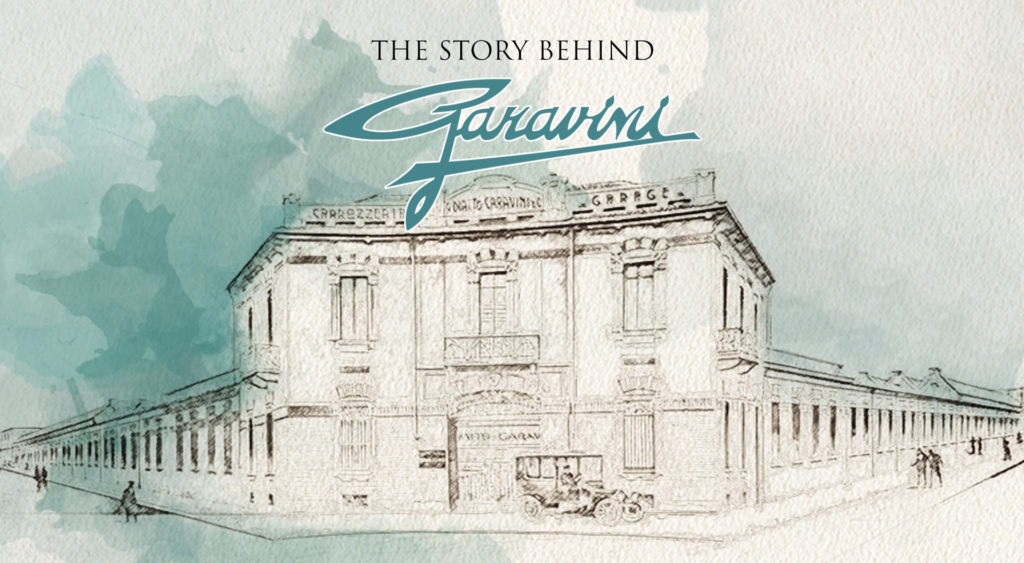
The beginning
Eusebio Garavini was born in Forlì on the 23rd of July, 1878 from father Fortunato, and mother Clotilde Tesei. In 1899 he moved to Turin and became a factory worker for Diatto’s workshops, where, after a little while, he gained more and more responsibilities in the machining departments. He then went to work for Locati & Torretta and, in the end, after he gained his certificate as a technical director, he started working in Carrozzeria Taurus in Turin.
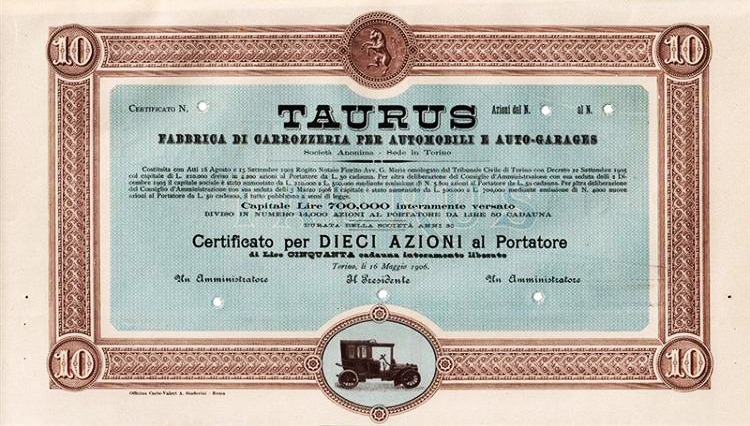
Carrozzeria Garavini
In 1908 he took over Carrozzeria Piemonte which was planning the production of horse carriages and frames for motorized vehicles of any kind. The company, under the direction of Garavini, obtained great results, so much so that in 1911 it turned into G. Diatto – E. Garavini & Co. Other members of the company, situated in Turin, precisely in Corso Regina Margherita, were G. and E. Diatto, G. Fissore, F. Tosa, and G.B. Ceirano.
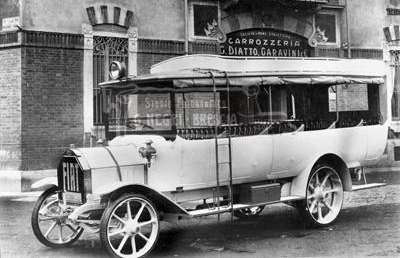
The dream starts off
Diatto-Garavini’s company started its activity with fifty workers, a remarkable workforce at the time for a company that was destined to the production of luxury cars, lorries, and omnibuses; but in 1914 the number of workers doubled. At the beginning of World War I the production shifted to military vehicles and ambulances; to make up for the increasing necessity for workers it reached five hundred work units and labor was divided into two turns. In 1917 the Diatto brothers left the company which, on the 11th of April 1918 turned into s.a.s. E. Garavini & Co.
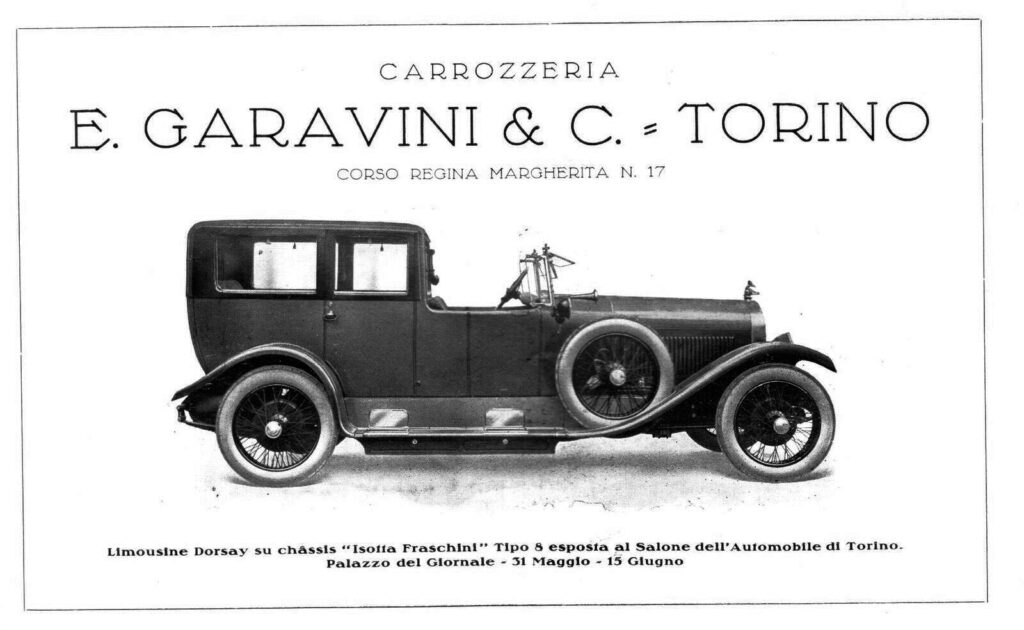
The success
At the end of the war, the company turned back to its production for civil use: FIAT, Lancia, Isotta Fraschini and Itala took advantage of its services for the bodies of their vehicles. A vehicle created by Garavini’s creativity, which gained great success was the “belvedere”, which had a special roof that could be unfolded and folded by just one person. Among his clients, there were Benito Mussolini, King Menelik and Queen Thaitù, and other dignitaries and royals from all over Europe. In the field of industrial vehicles, the company designed and built refrigerated wagons, vehicles for public transport, and ambulances for companies in Rome and Turin.
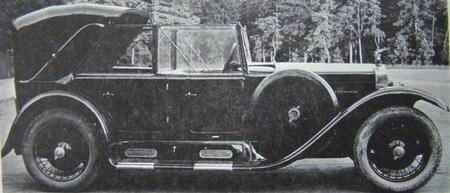
In 1926 the company released its first completely metallic body with a roof that could be completely opened. In 1927 the “pleumelastica superleggerissima” was exhibited in the Milan Salon, it had a suspension system made of rubber pads inserted between the body and the frame which were designed to make the drive more comfortable. The system was defined as “the only real innovation” of the Salon during those days. From the official catalog of the Milan Salon from 1928, we see that the company had sales showrooms in the main Italian cities and that it provided busses for Rome’s and Turin’s urban services. Moreover, we can see the various vehicles exhibited, among which it’s worth remembering the spider cabriolet with the FIAT 509 frame, the car with the FIAT 510 frame, and the one with the FIAT 510 frame with folding seats and a middle partition wall; but it’s also worth mentioning other vehicles on Isotta Fraschini, Itala, Lancia-Lambda frames and a Lancia omnibus on a type-long Omicron frame.
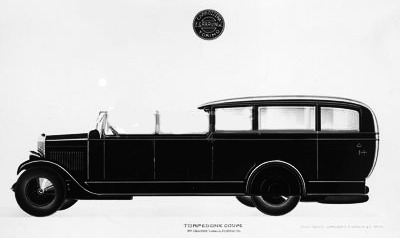
The vehicles exhibited at the International Milan Salon in 1930 were also highly regarded by the public. Among these is worth remembering Victoria, which was defined as one the “most beautiful interpretations of the FIAT 514”, and the powerful Lancia-Lambda cabriolet. In that year’s Milan Salon there was also a low-noise belvedere bus with a transforming body, which was a true attraction. The bus could be transformed into a closed or open bus by just one person, and the uprights had the minimum thickness and it had wide protective glasses even in the opened version. The vehicle had a unique ventilation system that made sure the air was filtered in the passenger environment and that fumes were conveyed outside even when the glasses were completely closed. Then it had an innovative system for that time which allowed the driver’s seat to slide and to be adjusted according to the driver’s needs. The seat itself could also be tipped-up, creating a single plan with the seat immediately behind it.
Dark years and WWII
The following years, also because of the international crisis, Garavini went through serious difficulties that led it to bankruptcy in 1933. After that, it was taken over by a management company in 1935 and turned into Stabilimenti Garavini.
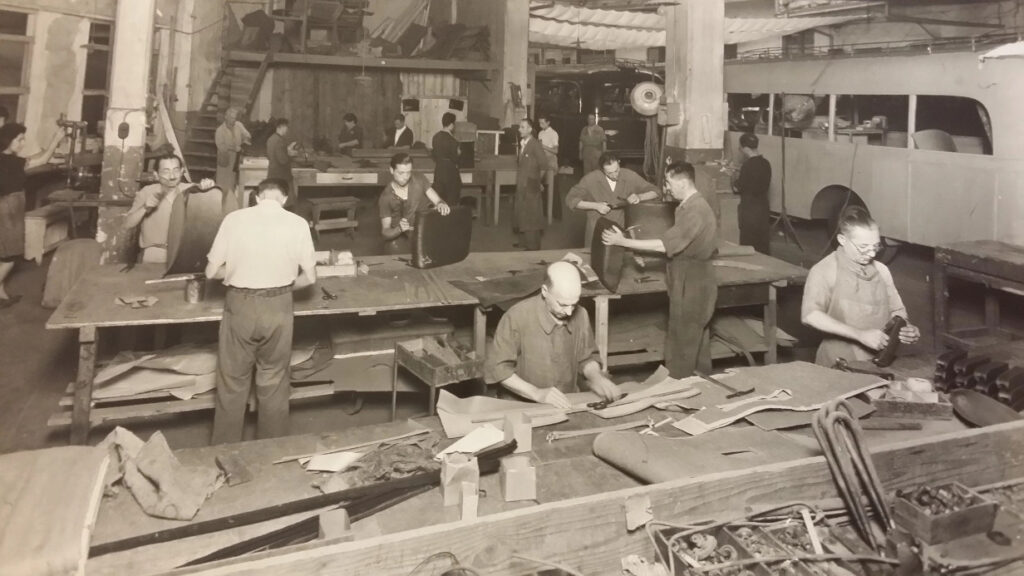
During World War II the facilities worked at full speed making vehicles for the army but also ambulances and motorized sleds for the ARMIR (the Italian expeditionary corps in Russia). The conflict seriously damaged the facilities and after the war, Garavini chose to focus his productive effort on busses. In 1942 Garavini patented the three-axis trolley bus on which they anchored draw, suspension, and direction gears. Among other inventions from that period, Garavini’s company made sunroofs and folding doors.
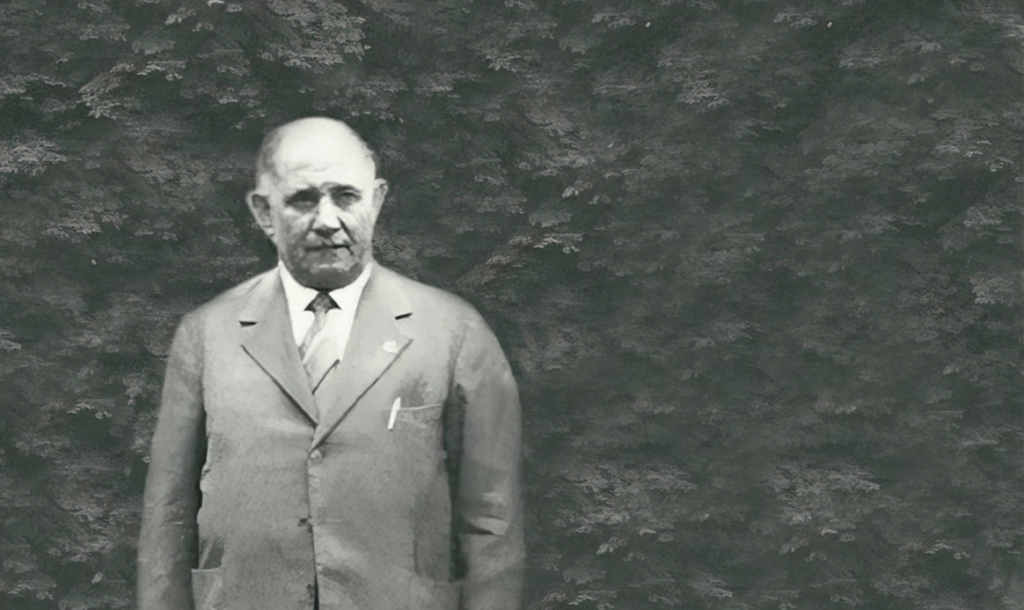
Garavini was president and general manager until his death, which happened on the 6th of May 1947.
After war and the decline
At the beginning of the Fifties, Garavini’s facilities expanded in a large triangle in the village of Vanchiglia, in Turin. After the war, Garavini’s company introduced some innovations in the production of cars, for example, they abandoned every trace of wood in the body and preferred bodies with a completely metallic shell, which had already been introduced back in 1926, they also worked towards the invention of a monocoque since, according to Garavini engineers, the ideal car had to have a weight-bearing body so that there was a greater transport capacity with less weight and with the same power. They widely used light alloy like duralumin, which undergoes simple anomic oxidation to create a superficial layer that’s extremely tough and unalterable.
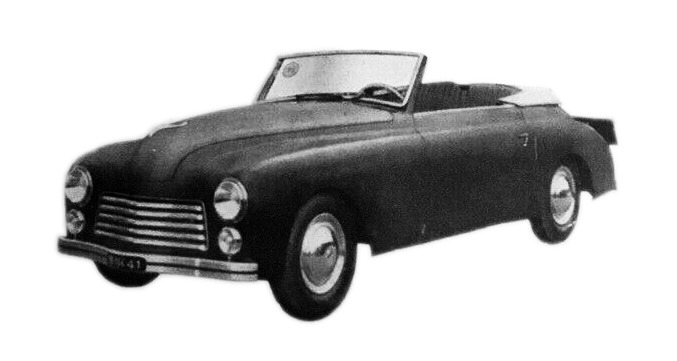
Because of the standardization of products that occurred after the second world war, there was less interest in custom-made products. Since Garavini’s company didn’t want to lose its essence made of luxury cars with personalized details they were forced to close down in 1958.
The rebirth
To celebrate the 111 years of the Coachbuilder Garavini, 2020 the brand sees its rebirth and will us delight with new creations in the next years. Keep following us for new updates.
More info here: www.garavinitorino.com
